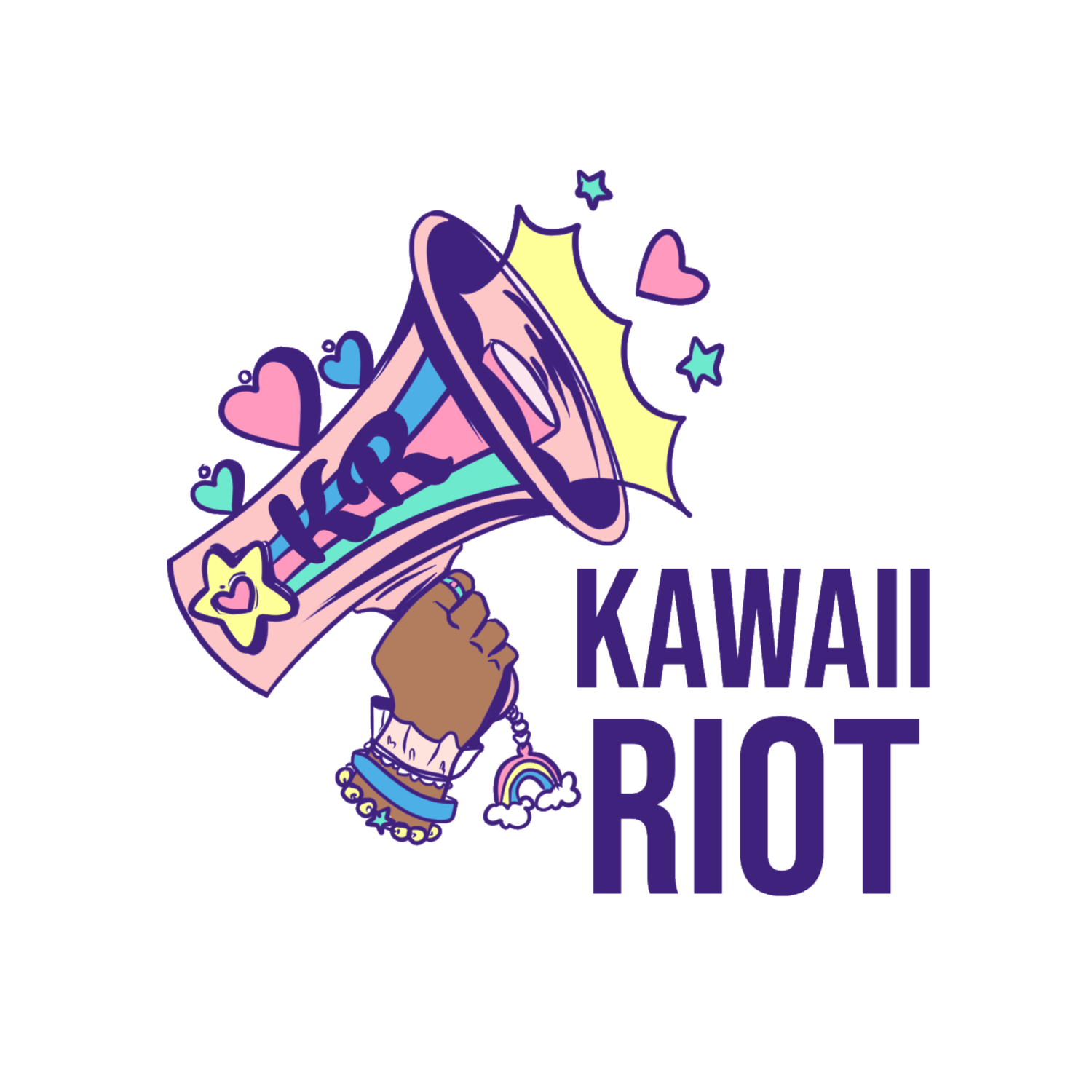Busting Common Myths About Intersectionality
New to the term “intersectionality”? We suggest taking a look at our previous article “Kawaii Riot 101: Intersectionality” before diving into the concept further below.
In 1977, the Combahee River Collective—a Black feminist queer organization—first introduced the idea of intersecting forms of oppression. They called out the racism within the white feminist movement and sexism that occurred in the Civil Rights Movement.
Today, the concept of intersectionality is most commonly attributed to Kimberlé Williams Crenshaw, who used the term in her 1989 article “Demarginalizing the Intersection of Race and Sex: A Black Feminist Critique of Antidiscrimination Doctrine, Feminist Theory and Antiracist Politics.” Similar to the Combahee River Collective, Crenshaw pointed out how mainstream feminism only supports white women, while antiracism only focuses on helping Black men.
However, as the idea of intersectionality became more mainstream, its meaning has often been misunderstood. As Crenshaw writes, it’s important to use intersectionality as a tool to dismantle intersecting forms of political, economic, and societal powers that oppress people. An intersectional approach is necessary to obtaining justice for all marginalized groups of people. Let’s uncover some common misunderstandings about intersectionality that prevent us from committing to real change.
Intersectionality Is Different From Intersecting Identities
Recognizing people’s intersecting identities (for example, a Black transgender woman) can be a form of validation for many people. However, this view often considers each identity as separate experiences that don’t have anything to do with each other.
Intersectionality goes a step further by looking at how different forms of discrimination such as racism and transphobia can intersect each other. For example, a Black transgender woman can experience racism from feminists, as well as transphobia from Black Lives Matters supporters. A Black woman’s experience with racism can differ from a Black man’s experience with racism.
Intersectionality Is A Lens
The term “intersectionality” isn’t just used to look at the sexism and racism that Black women experience. Intersectionality is a tool for looking at the world.
“Intersectionality is a lens through which you can see where power comes and collides, where it interlocks and intersects. It’s not simply that there’s a race problem here, a gender problem here, and a class or LGBTQ problem there. Many times that framework erases what happens to people who are subject to all of these things.”
- Kimberlé Williams Crenshaw
For example, it’s important to look at how garment workers in countries like Bangladesh, Cambodia, and India experience misogyny from their employers, while also being underpaid by American clothing companies due to their darker skin color. Fighting both sources of prejudice is crucial to improving the lives of garment workers.
Intersectionality Isn’t A Competition
Intersectionality isn’t about individuals competing to see who is the most marginalized within a group, nor is it a competition among different social justice groups for more attention. Intersectionality is about overturning all systems of oppression and obtaining justice for all marginalized groups of people.
Intersectionality Is A Tool for Action
Supporters of intersectionality are often accused of impeding action. For example, people standing up for Black transgender lives might be criticized by the LGBTQ+ community for steering their agenda off track. However, intersectionality is an important tool for ensuring that organizations are practicing true inclusion of all marginalized identities.
Intersectionality is a difficult concept to understand and we’re all doing our best to learn how to best apply it. Are you still having a tough time grasping it? Learn more about the missions of these intersectional organizations to better understand how intersectionality works in real life:
Sins Invalid: “Sins Invalid is a disability justice based performance project that incubates and celebrates artists with disabilities, centralizing artists of color and LGBTQ / gender-variant artists as communities who have been historically marginalized.”
Black Women’s Blueprint: “We work to place Black women and girls’ lives, as well as their particular struggles, squarely within the context of the larger racial justice concerns of Black communities.”
Trans Folx Fighting Eating Disorders: “TFFED is a collective of trans and gender diverse people who believe eating disorders in marginalized communities are social justice issues.”
Works Cited
Combahee River Collective. (1977) The Combahee River Collective Statement. Retrieved from https://www.blackpast.org/african-american-history/combahee-river-collective-statement-1977/
Crenshaw, K. W. (1989). Demarginalizing the Intersection of Race and Sex: A Black Feminist Critique of Antidiscrimination Doctrine, Feminist Theory and Antiracist Politics. University of Chicago Legal Forum, 1989(1), 139-167.
Crenshaw, K. W. (2017, June 8). Kimberlé Crenshaw on Intersectionality, More than Two Decades Later. Retrieved from https://www.law.columbia.edu/news/archive/kimberle-crenshaw-intersectionality-more-two-decades-later




